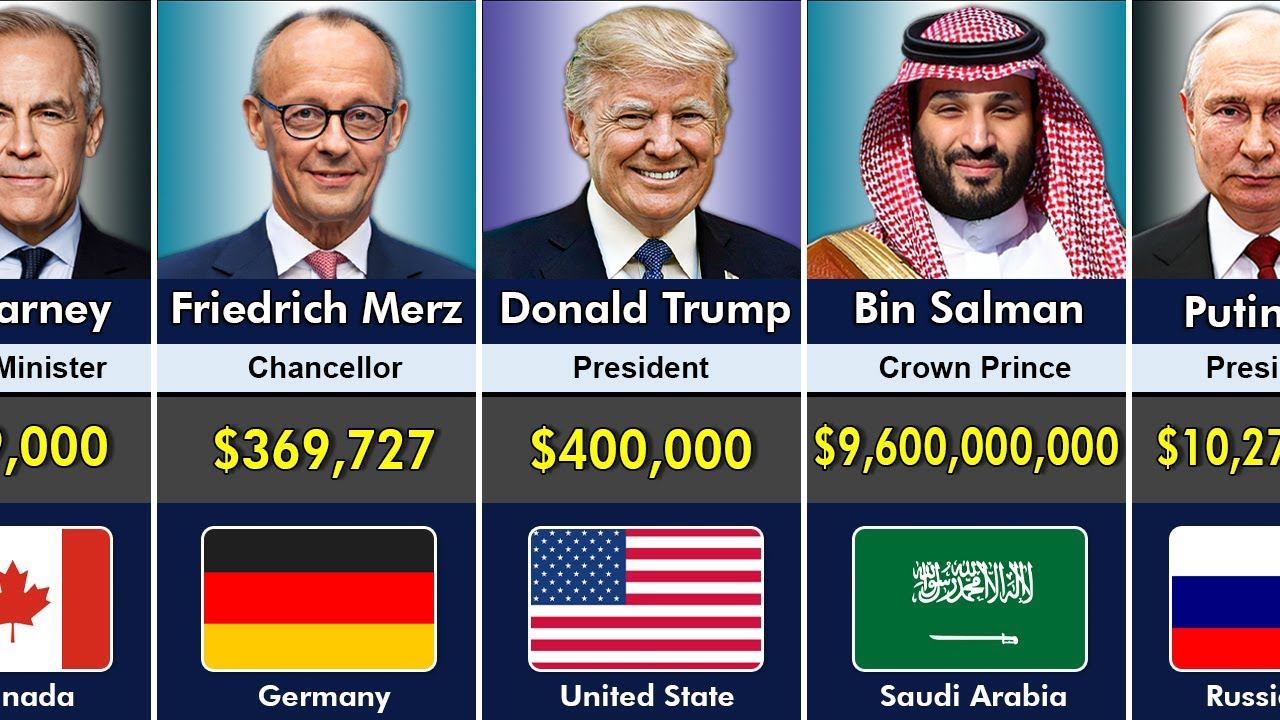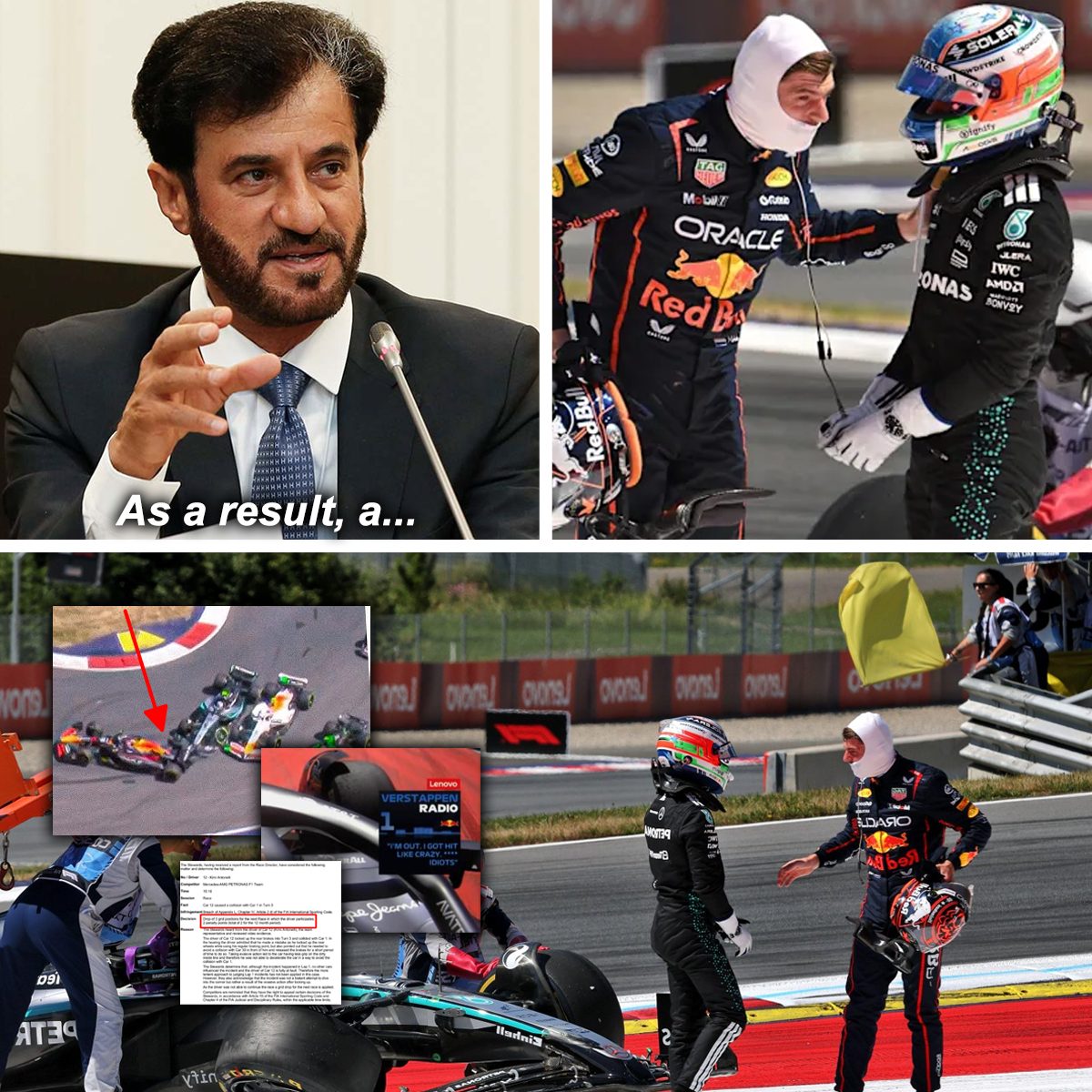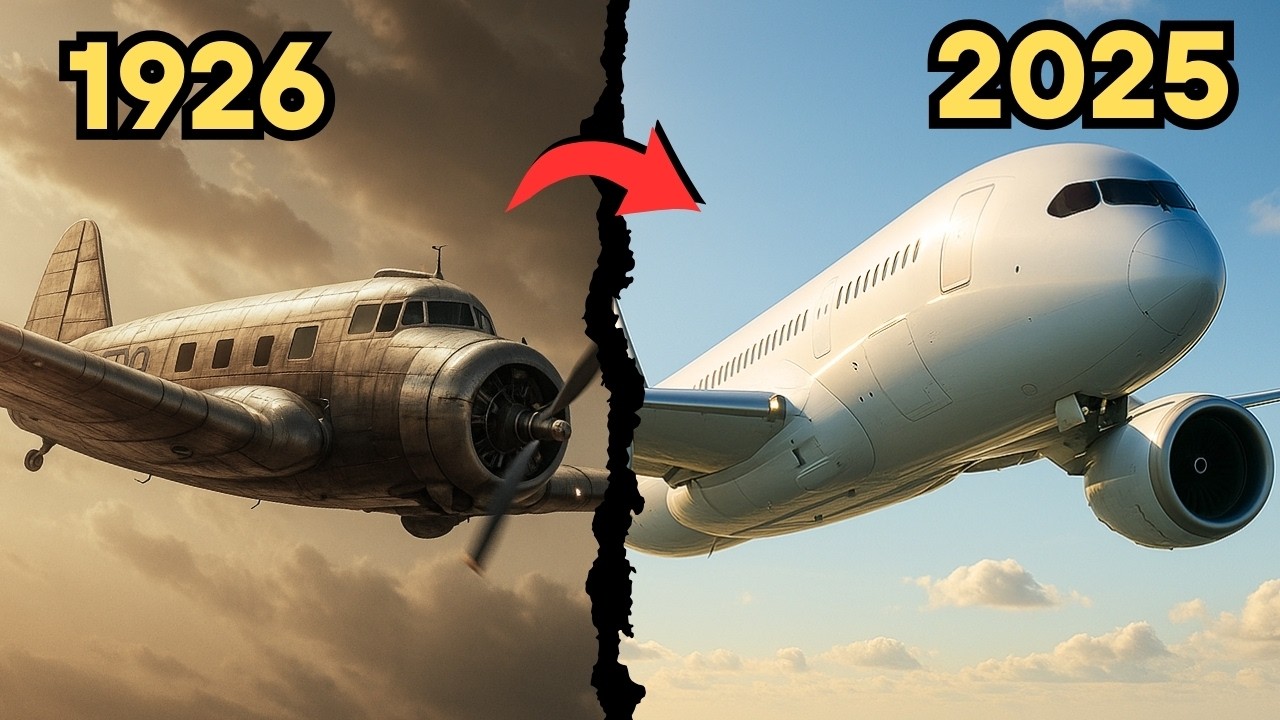The evolution of passenger airplanes from 1926 to 2030 is a story of rapid innovation, global connectivity, and the relentless quest for speed, comfort, and efficiency. What began with the noisy, corrugated-metal Ford Trimotor has transformed into sleek, high-tech airliners—and is now headed back into the supersonic realm with the upcoming Boom Overture. Every chapter of this transformation has reshaped how humanity moves across the planet.
In the 1920s and ’30s, early passenger aircraft like the Ford Trimotor and Douglas DC-3 pioneered commercial air travel. Though slow and limited in range, they made flying accessible for the first time and laid the foundation for global aviation infrastructure. The DC-3, in particular, became an aviation icon, widely used during World War II and later adopted by civilian airlines around the world.
The Jet Age arrived in the 1950s with the Boeing 707, revolutionizing air travel with unmatched speed and altitude. Airlines expanded rapidly, and soon, giants like the Boeing 747 and McDonnell Douglas DC-10 enabled long-haul, high-capacity flights across oceans. This era marked the beginning of affordable, international travel for the masses—shrinking the world and changing economies forever.
By the 2000s, focus shifted toward fuel efficiency, passenger experience, and environmental concerns. Aircraft like the Boeing 787 Dreamliner and Airbus A350 introduced advanced composite materials, quieter engines, and better air quality in the cabin. These planes not only cut emissions but also improved comfort for travelers on ultra-long-haul routes.
Now, aviation is poised for another revolution. The Boom Overture, a supersonic airliner set to debut by 2030, aims to cut travel times in half while using sustainable aviation fuel. Alongside other future-focused innovations—like electric aircraft, autonomous flight, and net-zero emissions goals—the next decade may once again redefine the limits of commercial aviation. From the rumble of the Trimotor to the roar of the Overture, the transformation of passenger planes is far from over.



